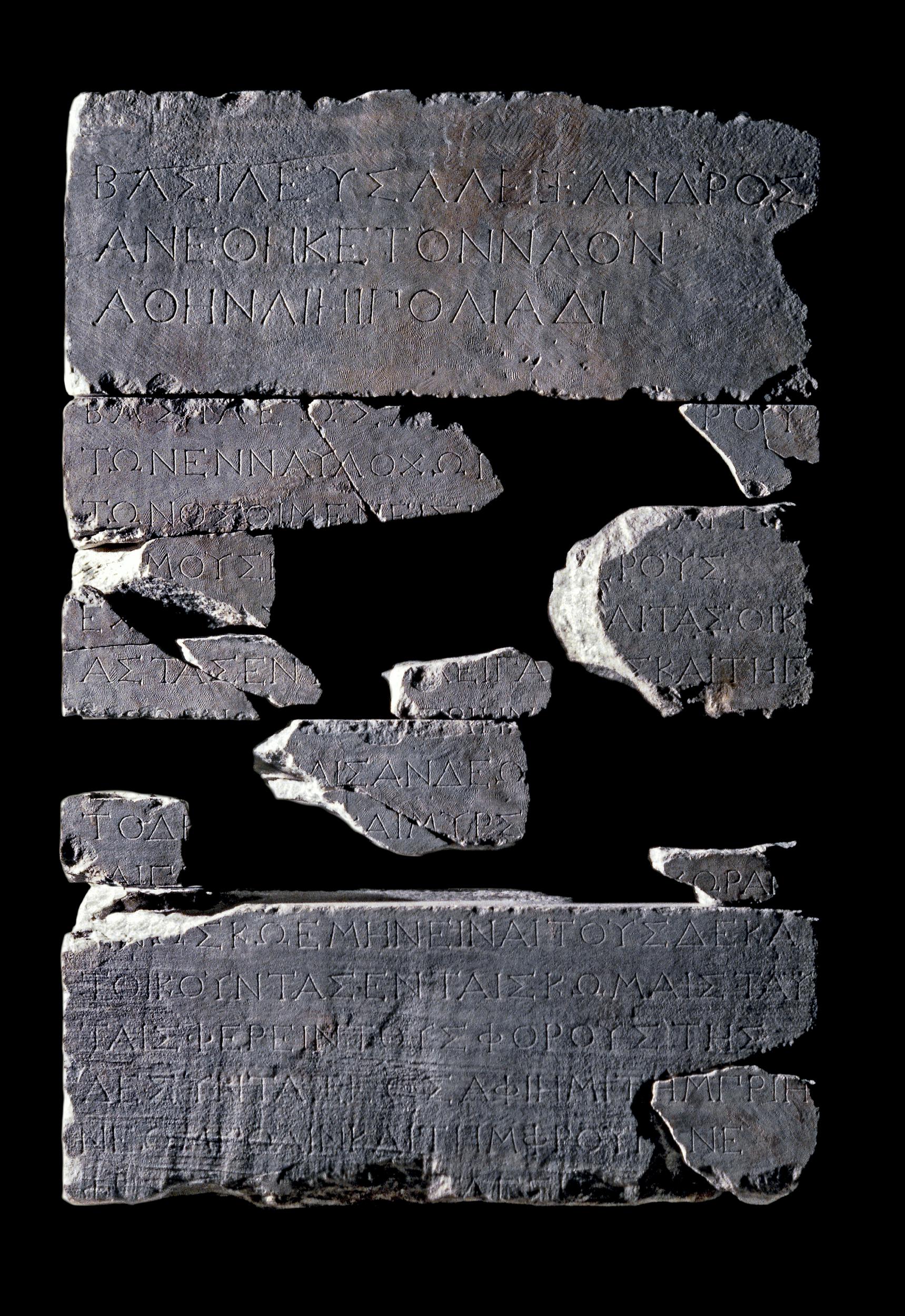Perception and perceptibility of dedicatory building inscriptions in Hellenistic and early imperial Asia Minor
2025
RFB16

Its specific physical properties make stone an ideal building material. In many cultures, however, its qualities also make it a popular carrier of texts, usually in the form of inscriptions. When it serves both purposes at the same time, the building itself becomes a text carrier and therefore a ‘written artefact’. Consequently, the perception and perceptibility of inscriptions on buildings are inextricably linked to their architectural context. In principle, one might call all such texts ‘building inscriptions’, regardless of their specific type and of the point in time they were inscribed. This project, however, wants to focus on the most obvious category of building inscriptions, i.e. dedicatory building inscriptions.
Although in ancient Greek epigraphic evidence for building foundations the use of the verb καθιερóω, “I consecrate”, is certainly attested, the majority of building dedications were indeed consecrations no matter the specific verb used. While past research focused mainly on the identification of the social actors involved in building activities by evaluating the textual content of dedicatory inscriptions and/or their architectural context alone, the project wants to take it one step further by analyzing the inscriptions in a more comprehensive way, giving also credit to their specific form and design.
In Asia Minor, the dedications of the temple of Athena Polias in Priene by Alexander the Great (I.Priene 156) and of several buildings in the sanctuary of Zeus in Labraunda (I.Labraunda 13–19) by the Carian satrap Maussollos and his brother Idrieus are among the earliest surviving examples of dedicatory building inscriptions. They date to the transitionary decades between the Classical and Hellenistic periods, building on a longer standing tradition of dedicatory building inscriptions in mainland Greece. On the basis of these early examples from Asia Minor, a whole range of questions can already be identified that the project would like to address, divided in three categories: formal, contextual and content-related questions. While the latter primarily concern the patronage of buildings against the background of the specific content of the respective inscription, the contextual questions relate to the spatial connection of the inscriptions, i.e. to the architectural structures they are attached to and the urban space around them. The formal questions on the other hand aim at criteria like the design and layout of the inscriptions, which form part of their ‘epigraphic mode’.
In a further step, development patterns and interrelationships are to be identified on the basis of the results obtained from applying these three categories of questions to a catalogue of relevant inscriptions from the mid-4th cent. BCE to the end of the 1st cent. CE. What distinguishes, for example, Alexander the Great's dedicatory inscription from later building dedications by Hellenistic kings and the Roman emperors after them, what formal conventions were appropriate at the time and how did they change over the centuries? To what extent did they serve as a model for the placement and design of dedicatory inscriptions by civic benefactors and vice versa? Are there continuities or breaks in the development and how can these be explained? Who were the driving forces behind it? Are there regional or local differences or peculiarities against the background of the cultural and historical diversity of Asia Minor? How did dedicatory building inscriptions interact with urban space? What changes were brought upon by Roman rule and epigraphic habit?
Associated with Research Field B ‘Inscribing Spaces’, the initial phase at the Cluster serves the concrete conception and elaboration of the project with the final goal of preparing an application for multi-year third-party funding.
People
Project Lead: Matthias Pichler
